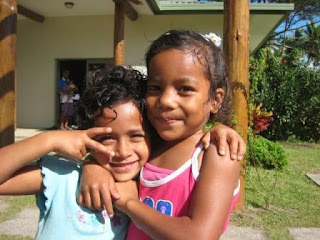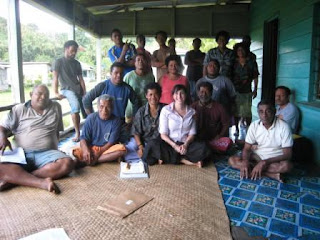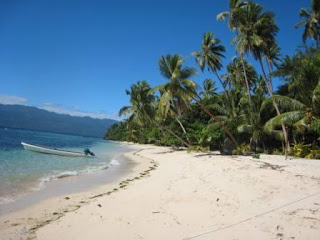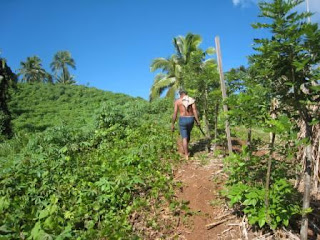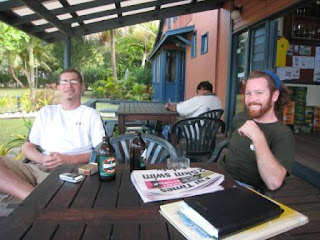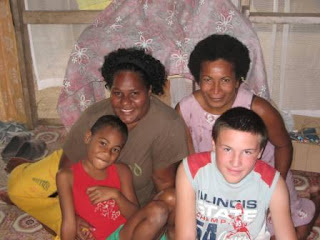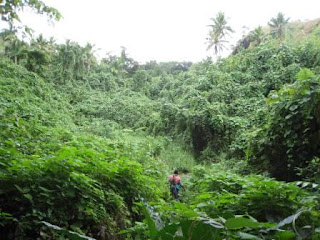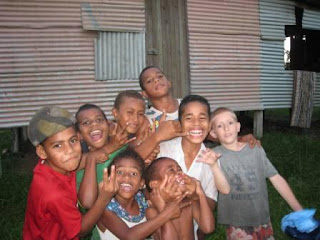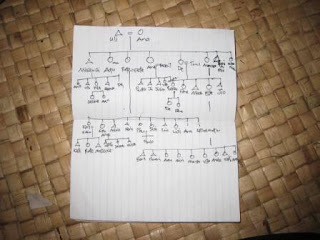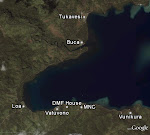 “Moce” in Fijian means “good-bye.” Our three weeks here have come to a close, and so we’ve been saying the word many a time to our new friends in Buca Bay. The Fijian people are inherently warm and welcoming. Walk by anyone’s house and you get a friendly “BULA!” and a genuine wave and smile from the person sitting inside. Good-bye doesn’t come quite so easily, though, especially if you don’t plan to see the other person for a quite a while.
“Moce” in Fijian means “good-bye.” Our three weeks here have come to a close, and so we’ve been saying the word many a time to our new friends in Buca Bay. The Fijian people are inherently warm and welcoming. Walk by anyone’s house and you get a friendly “BULA!” and a genuine wave and smile from the person sitting inside. Good-bye doesn’t come quite so easily, though, especially if you don’t plan to see the other person for a quite a while.This week we took the time to visit each of the three villages for one last wrap-up meeting with the leadership and water committees. We presented the findings of our water quality tests, health surveys, and our understanding of the villages’ concerns about their water systems. Then we discussed some ideas of how we could potentially help improve their current systems (with treatment, pipe replacements, etc…) but unfortunately couldn’t promise a project until further consultation with the project team back home. We closed each meeting with a signing of our Memorandum of Understanding between EWB-SFP and the village, which is essentially an agreement to work together in the future to improve water quality and distribution for all people in the village.
And so, this officially ends our assessment trip. After three weeks, we feel that we’ve collected just an incredible amount of information, made important connections, and met some amazingly warm-hearted people. It’s sad to leave, but we hope to be back soon with shovel in hand.
Moce
PS: The photos shown here are a mish-mash of images from our last week and include: wrap-up meetings with the village leadership, a trip to Rainbow Reef (resort and white sand beach) for some quality snorkeling, a local volleyball tournament, some 3-day old kittens (courtesy of Deborah), cute kids, and a meke (a Fijian good-bye song and dance party) performed by the residents of Vunikura.
